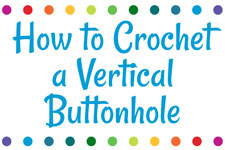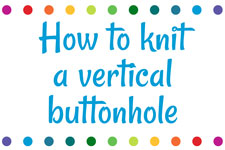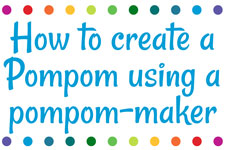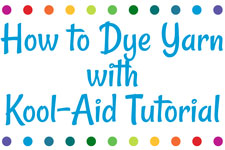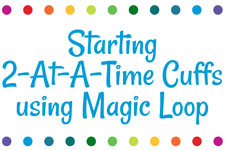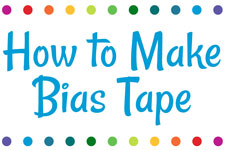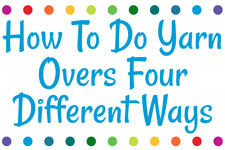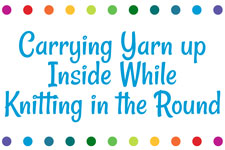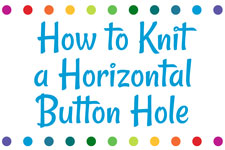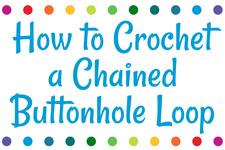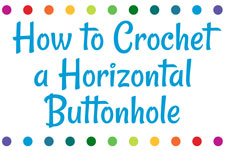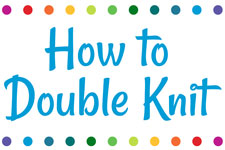How to Create a Hat - Part 1Back to Search |
| Posted: Monday, February 19, 2007 |
More often than not, it's 9pm Sunday evening when I decide to embark on a new project. I've got a pretty good needle stash at home, as well as plenty of yarn, but I never seem to have the right pattern on hand (and the stores are all closed, so I can't ask anyone there for help!). Given that tendency of mine (to not plan ahead), I've gotten fairly decent at doing the math and figuring out what the beginning of a pattern will be. And hats are the easiest to figure of all. However, before you can embark on starting a hat, there are a few key skills you must learn. In this month's article, I'll show you how to get started - and then how to create your own, simple hat pattern.
Finally, remember the phrase "right is right." Inevitably, you'll need to take a break and will set your hat down for a few minutes. Unless you have a super quiet and peaceful house, it's likely that your hat isn't going to be in the same spot as when you left it. That said, it's easy to get confused about which side to start knitting from. If you remember "right is right" you'll know that you should start knitting with the working yarn on your right needle (as opposed to your left needle). Now that you know how to get started on a hat, let's tackle the problem of not having a pattern in hand! First let's figure out how many stitches to cast on. It's just basic math: sts/inch X circumference of the hat = number to cast on. That probably doesn't help much, though, does it? Well, let me give you an example. I'm knitting with Rowan Polar and have found that I get 3.25 sts/inch (which is the same as13 sts/4inches) on a US 10 needle. I just happen to know that the average circumference for a woman's hat is 20 inches, so I multiply 3.25 X 20 and get 65. If you're on a camping trip and want to finish this hat before getting home to your pattern, you can follow this simple hat formula: Cast on a multiple of 6 (so I'll cast on 66 instead of the 65 I calculated) Knit for 2" less than your desired hat length (I have a small head, so my hats end up being around 7.5" in total length. Therefore, I'll knit for 5.5" before starting my decreases). On the next row, place a ring marker every 6 stitches (you could have done this at the beginning, but I'm too lazy to move the markers those first 5.5") Now, start the decreases: R1: *Knit to within 2 stitches of the marker, K2TOG* repeat across entire row R2: Knit Repeat rows 1 and 2 until you have less than 10 stitches left. Viola! Simply cut your yarn (leaving about 8") and use a darning needle to run the tail through the remaining stitches on the needle. In essence, you're cinching the top of the hat the way you'd cinch a laundry bag! Sew the ends in tightly (I usually sew across that top hole a few times), cut the yarn, and you've finished your hat :) Posted by Jimmy (Laura) of Jimmy Beans Wool |
| We hope you enjoy this article! This article and the associated photos are only for personal non-commercial use and are not for resale. All rights reserved. Permission granted by Jimmy Beans Wool and myKnitting.com to copy and share this article for non-commercial personal use. Users do not have permission to display on any retail or wholesale website other than www.https://www.JimmyBeansWool.com and www.myknitting.com without express permission from Jimmy Beans Wool. |





